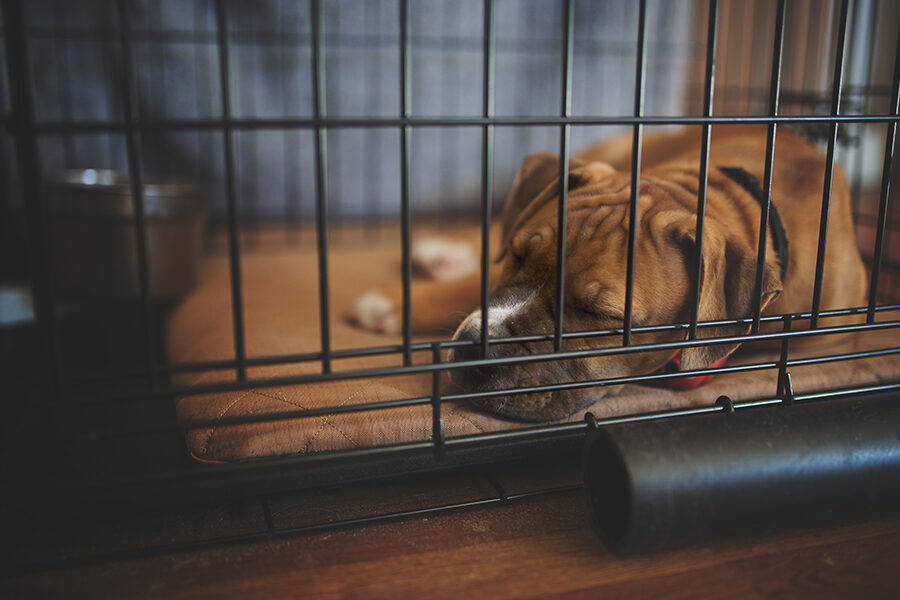Crate training is more than just providing confined space for your furry friend. It’s about creating a safe space where your dog feels comfortable, secure and at ease. Whether you’re welcoming home a new puppy or helping an older dog adapt, crate training can be a valuable tool in their development.
Choose the Right Crate
Start by selecting an appropriate crate size. It should be spacious enough for your dog to stand up, turn around, and lie down comfortably. Avoid making it too large, as a snug space feels cozier and safer.
Introduce Your Pooch to the Crate
Begin the introduction gently. Place the crate in a common area, leaving the door open, and encourage your dog to explore it at their own pace. Toss treats inside to create positive associations and gradually associate the crate with pleasant experiences.
Create Positive Associations
Feed your dog their meals near the crate, gradually moving the bowls inside. Place their favorite toys and blankets inside the crate to entice them to spend time there willingly. The goal is to make the crate an inviting and enjoyable space.
Use Positive Reinforcement
As your dog starts to enter the crate willingly, praise and reward them with treats or verbal affirmations. Associate a command, like “crate” or “bedtime,” to signify entering the crate, reinforcing positive behavior.
Start with Gradual Enclosure
Once your dog seems curious about the crate and enters willingly, it’s time to start closing the door—just for a short while at first. Stay close by, so they don’t feel anxious. Give treats or gentle praise while they’re inside with the door shut. Gradually increase the time the door stays closed, making sure your dog remains relaxed and happy. This step is all about making them feel okay with being in the crate with the door shut for short periods.
Build Trust Through Patience
Patience is crucial. Some dogs adapt quickly, while others may take more time. Avoid using the crate for punishment, as it should be a place of security, not isolation or discipline.
Establish a Routine
Incorporate the crate into your dog’s daily routine. Use it during mealtimes, for naps, and as a resting place. A consistent routine helps your dog associate the crate with familiar and comforting moments.
Avoid Prolonged Confinement
While crate training helps with housebreaking and keeps your dog safe, avoid leaving them confined for extended periods. Dogs need social interaction and exercise, so balance crate time with regular play, walks, and affection.
Gradual Alone Time
When your dog is comfy with the closed door and seems relaxed inside, it’s time to try leaving them alone for a bit. Start with a few minutes and gradually increase the time you’re away. Make sure they have something fun, like a toy or a treat, to keep them occupied. This step helps your dog understand that being in the crate, even when you’re not around, is okay and safe.
Conclusion- Crate training is a journey that requires time, understanding, and empathy. Done right, it becomes a positive experience for both you and your furry companion. Remember, the crate should be a cozy retreat, not a confinement. Embrace the process, and watch as your dog discovers their own little sanctuary within your home.







